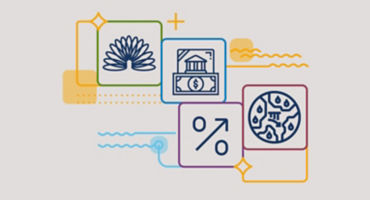Inflation remains elevated but should moderate
In its updated Summary of Economic Projections (SEP), the Fed projected one more rate hike this year, slightly increased its 2023 inflation forecasts, and upped its policy rate estimate for 2024 to 4.3% (from 4.1% in December 2022). The annual US headline and core inflation rates, as measured by the Consumer Price Index (CPI), held steady at 6.0% and 5.5%, respectively, year over year in February 2023.
Most of the leading economic indicators I track now suggest that US house prices (and shelter costs broadly) will decline more meaningfully over the next six to 12 months than previously thought, as the lagged effects of higher Fed policy rates kick in. Continued US labor market strength bolstered the Fed’s case for its latest rate hike: The unemployment rate ended February at just 3.6%, although many of the recently announced layoffs in sectors such as technology have not yet been reflected in US employment figures.
Has the Fed lost control of its balance sheet?
The Fed retained the caps on its monthly reduction of US Treasuries and agency mortgage-backed securities (MBS) at US$60 billion and US$35 billion, respectively. However, the Fed’s balance sheet is still likely to swell this month in the wake of the US bank failures, which led the Fed to launch a new Bank Term Funding Program (BTFP) that provides much-needed loans (and thus liquidity) to depository institutions. Under this program, rather than being forced to sell “high-quality” US Treasuries and agency securities that have lost significant value due to sharply rising rates, banks and other depository institutions can instead pledge these securities (at par value) as collateral for loans.
In addition to the BTFP, discount window lending now available to existing banks, along with FDIC-backed loans to the new “bridge” entity holding Silicon Valley Bank’s assets, have also increased the size of the Fed’s balance sheet in recent weeks. The combined lending programs will thus effectively unwind the impact of the quantitative tightening program that the Fed has been pursuing since last year (albeit by substituting longer-term for shorter-term holdings, which I think will have less influence on risk asset pricing).






